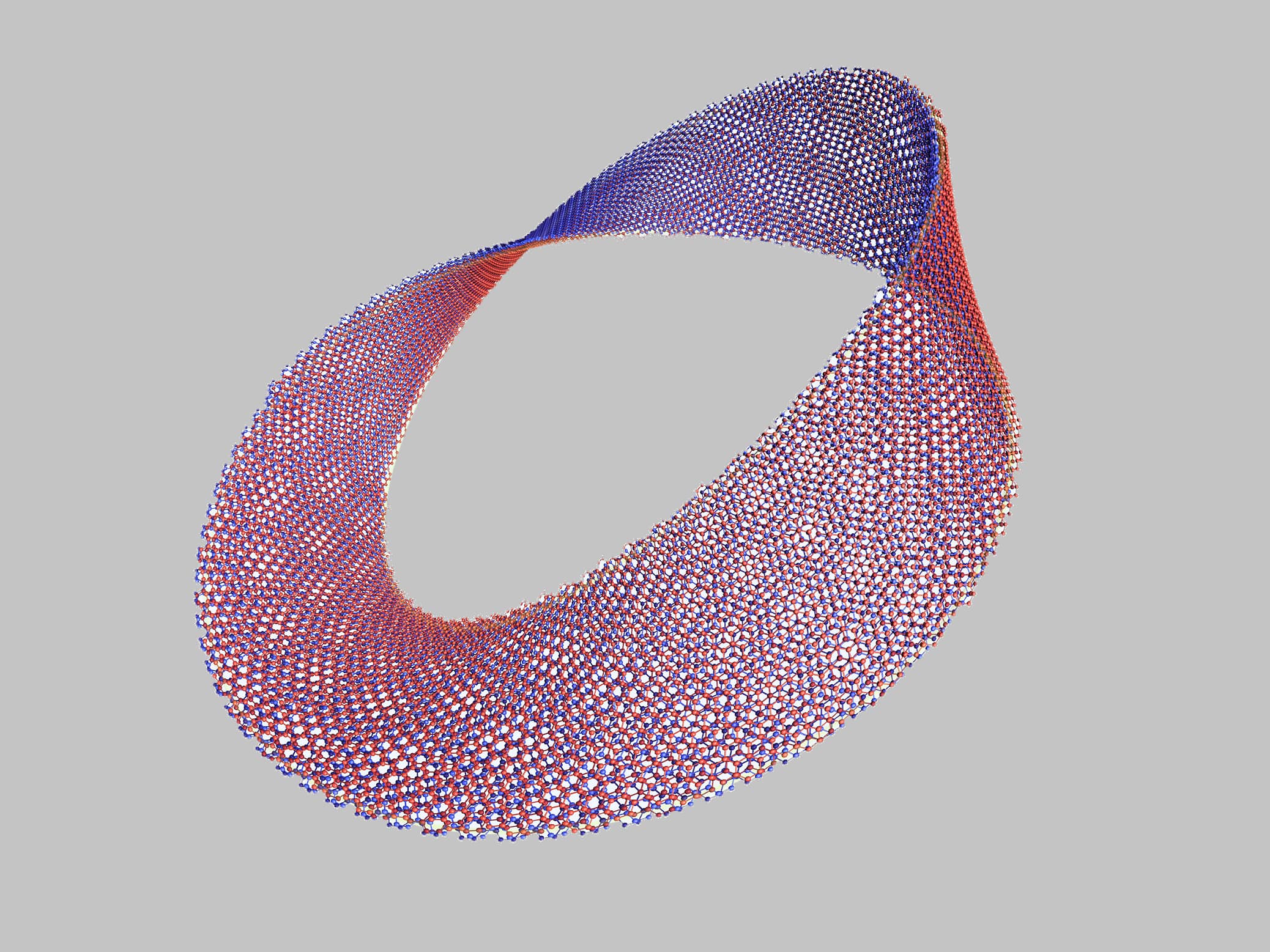- Викладач: Fodera Simone
- Викладач: Huang Ming
- Викладач: Kovalska Oleksandra
- Викладач: Ritter Marc
- Викладач: Tu Honghao
- Викладач: von Delft Jan
- Викладач: Zhang Changkai
In this course, different strategies for
manipulating light-matter interaction in nanoscale are presented and discussed.
Special attention is given to the basics and applications of plasmonics,
optical microcavities, nanophotonic biosensing, chiral nanophotonics,
quasi-Bound States in the Continuum based- and active metasurfaces, nanophotonics
in the quantum regime/single quantum emitters and thermometry in nanoscale.
- Викладач: de Souza Menezes Leonardo
- Викладач: Possmayer Thomas
- Викладач: Tittl Andreas
This class builds upon the “E_M1 Advanced Solid
State Physics” lecture and develops an introductory-level insight into the main
concepts and the rich phenomenology of graphene and other two-dimensional
materials, leading up to the recent advancements in moiré superlattices. In
particular, the class aims to introduce all the main concepts and techniques
that are needed for the study of the key experimental literature on the
emergent field of moiré materials, with a strong bias towards low-temperature
electronic experiments.

- Викладач: Di Battista Giorgio
- Викладач: Efetov Dmitri
- Викладач: Akkerman Quinten
- Викладач: Cortés Emiliano
- Викладач: Gröbmeyer Franz
- Викладач: Khmelinskaia Alena
- Викладач: Urban Alexander
- Викладач: Altpeter Philipp
- Викладач: Nickel Bert
- Викладач: Urban Alexander
Few-body physics in ultracold gases (Feshbach
resonances, Efimov effect, Rydberg physics, Polaritons), Problems with baths
(Bose and Fermi polarons, Fröhlich model, Quantum impurities), Few-body physics
in strongly correlated systems (Doped antiferromagnets, Spin-charge separation,
emergent gauge theories)
- Викладач: Bermes Pit
- Викладач: Bohrdt Fabian
- Викладач: Cavallar Alberto
This course will cover two main pillars of modern
quantum many-body physics: (i) quantum many-body dynamics and (ii) quantum
simulation. We will cover nonthermal far-from-equilibrium many-body dynamics
such as quantum many-body scarring, many-body localization, and Hilbert-space
fragmentation. A big focus will be on various target quantum many-body systems,
in particular lattice gauge theories, whose local conservation laws give rise
to many of these phenomena. We will go over schemes to reliably realize these
models onto state-of-the-art quantum-hardware platforms from cold atoms to
trapped ions and superconducting qubits. The course will include homework
assignments as well as coding projects where students will learn numerical
methods such as exact diagonalization. At the end of the course, students'
knowledge will be at the forefront of quantum simulation and
far-from-equilibrium quantum many-body dynamics, and be able to pursue research
in these fields.
- Викладач: Halimeh Jad
- Викладач: Bohrdt Fabian
- Викладач: Pollet Lode
- Викладач: Xu Lechen